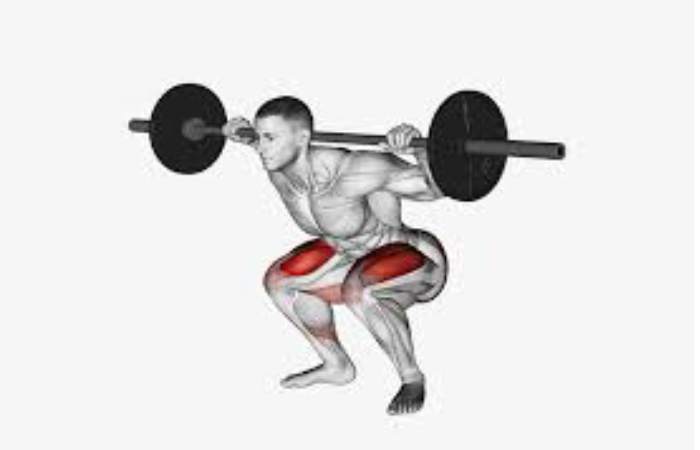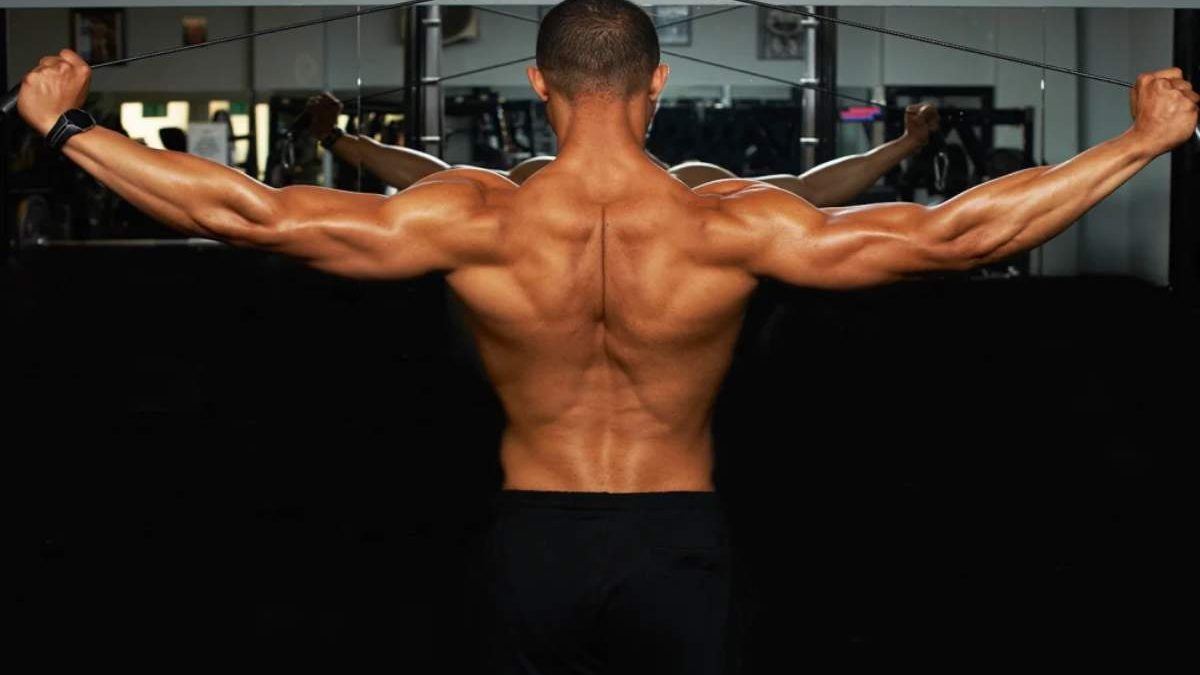Multiple muscles are working simultaneously by compound workouts. Squats, pull-ups, and reverse lunges are typical Compound Back Exercises. While reverse lunges engage your abs, hamstrings, and biceps, squats focus on your glutes, calves, and quads.
If you want to work additional muscles, you can mix two workouts. For instance, combine a reverse lunge with squats or bicep curls. Compared to isolate workouts, Compound Back Exercises can help you see benefits more quickly and effectively. Since isolation exercises target just one muscle group, compound workouts target many core muscles.
The most thorough training programme to promote muscular growth comprises compound exercises. Your glutes, forearms, back, and core are all worked out with these exercises, and the entire body and heavy machinery might be among them.
You may perform complex back workouts simply by maintaining good balance and staying in one posture. Compound workouts like squats, deadlifts, and pull-ups are popular and help you stay in shape.
What Regions Are Target by Compound Back Exercises?
Compound exercises:
For the back, utilise practically all of the body’s muscles to increase the back’s total strength. The following are some of the main complex workouts that train the muscles:
Stabilizer muscles:
Its substantial, flat back muscle extends in a V-shape to your arms and connects the spinal column to your arms. During the workout, these muscles support your back and shoulders while stabilizing your spine.
Hips:
Your hips’ main extensor muscle is the glute. The outermost muscle, gluteus maximus, is another name for this one. Your hips are covered in a thick, fleshy bulk that gives them a quadrilateral appearance. The biggest of the three gluteal muscles is the gluteus maximus.
Adductor Muscles
Are a sizable muscle group of the four muscles that make up the front of your leg. Other names for quadriceps include quads, and abductor extensors.
The big, fleshy mass that covers the front and sides of the femur is made up of your knee’s extensor muscles.
Abs:
The rectus abdominis, sometimes referred to as the abs, is a group of two straight muscles that run parallel. Both muscles are divided by the Linea alba, a strip of connective tissue in the midline.
Hamstrings:
The three posterior muscles in your thigh region are referred to as the hamstrings. Particularly for athletes or functional fitness fanatics, these muscles frequently sustain many ailments. Therefore, when performing complex workouts for your back, you should be careful with your hamstrings.
Shoulders:

The shoulder joint, which is further split into anterior and posterior deltoids, makes up your shoulder muscles. The rounded shape of your shoulders is a result of the shoulder girdle. While the posterior deltoid comprises spinal fibres, the anterior deltoid has clavicular muscle fibres.
Foundation:
The term “centre” usually refers to your torso, and it is made up of the stomach, mid and lower back hips, shoulders, and neck muscles.
Biceps:
Between the wrist and the elbow lies the upper limb region.
You should speak with a professional trainer about creating your exercise schedule when you’re just starting up. Increase the intensity of your training programme after a cautious start.
Adaptations for Compound Back Exercises
Various other compound back exercises include:
- Loaded Transports
- Overbent row
- Sternum-supported row
- Rows with a single dumbbell
- Flipped row
- Lateral raise
- Pulldown with a neutral grip
These back workouts are complex movements that work your whole body to increase strength and muscular growth.
Rewards of Compound Back Exercises
Your health will benefit from doing strength exercises. These workouts keep your body in shape and build back and core strength. The advantages of compound workouts are listed below:
Increase your muscular mass. Compound workouts help you build greater muscular mass by using your entire body, and they concurrently boost metabolism and develop your back muscles.
Consume calories. Various complex workouts increase heart rate, increasing calorie burn.
Increase adaptability. Plyometric workouts that combine resistance and cardiovascular training are known as compound exercises and improve your body’s flexibility.
Boost bone density Your bone density is improved by squats. Nearly all compound back workouts assist older people in avoiding many bone-related illnesses.
Mistakes for the Compound Back Exercises to Avoid
To avoid injuries, you must master the correct compound back workout technique. Working with a fitness specialist is advised. If you are performing these exercises correctly, they will let you know.
A trainer can also assist you in choosing the appropriate weights. Starting with small weights and progressively increasing them is safe.
You’ll eventually develop your technique for successfully doing complex workouts. Make sure your shoulders, lats, and core are all burning. To stay hydrated in between sets, consume lots of water.
Conclusion
The term ” Compound Back Exercises ” describes the use of numerous joints to activate various muscle groups and individual muscles. Compound exercises provide many other advantages and a more efficient workout in less time.

